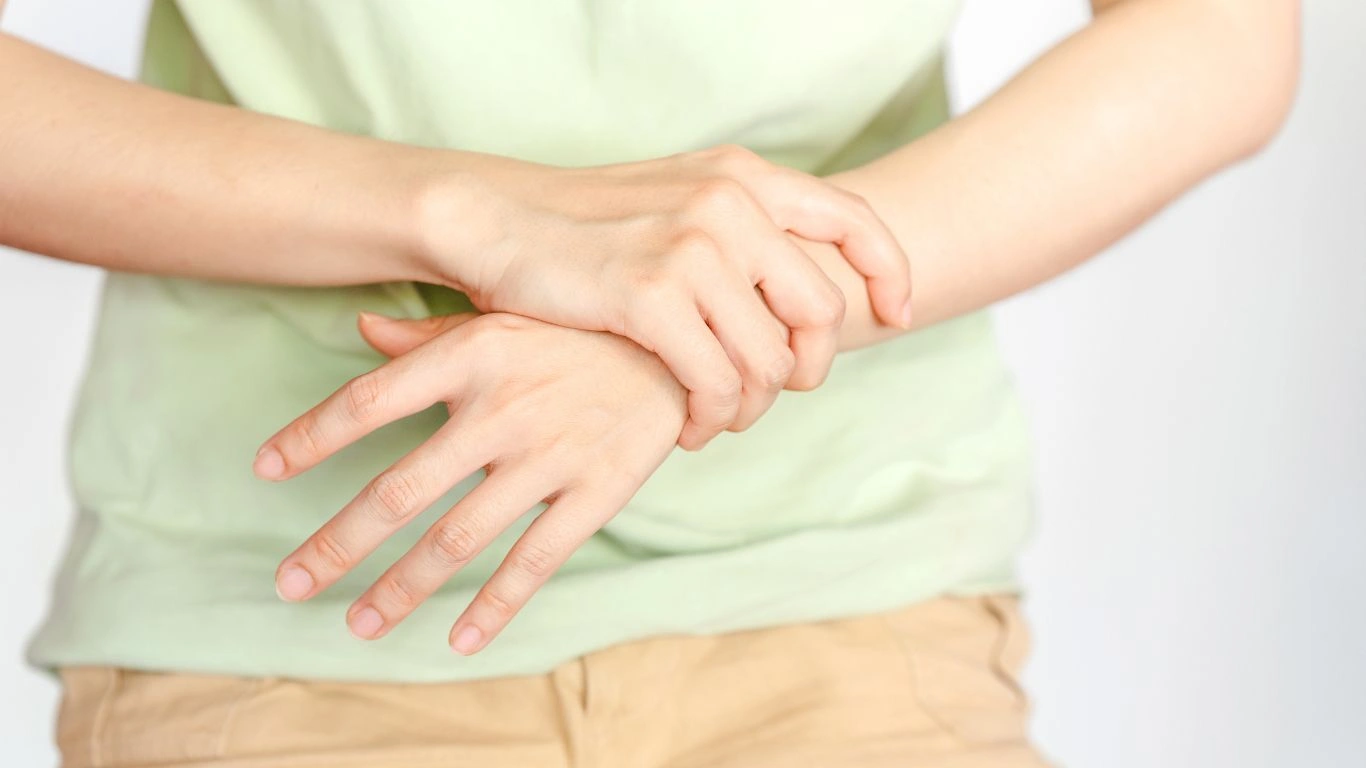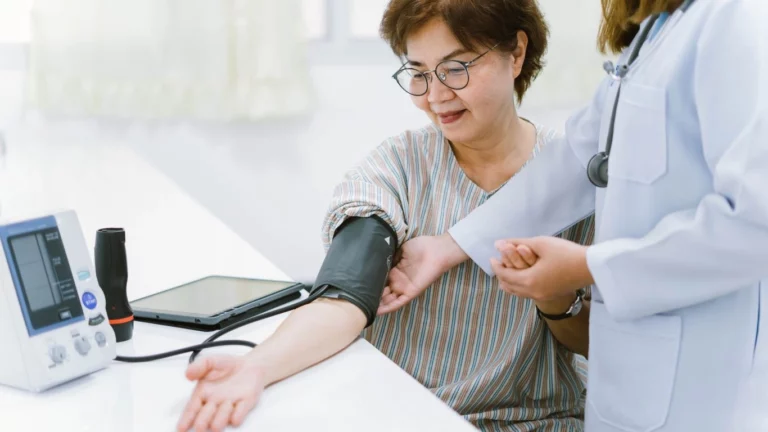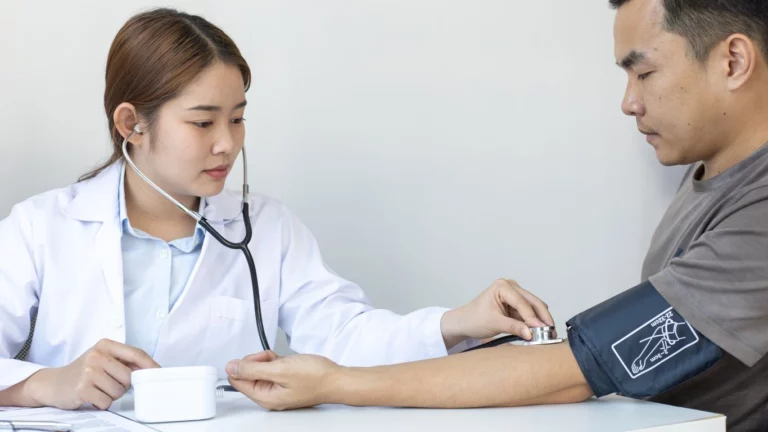How to Reduce Swelling in Rheumatoid Arthritis – A Complete Guide
Are you dealing with swelling and discomfort from rheumatoid arthritis (RA)? It’s a common symptom, but there are several ways to reduce it and feel better. In this guide, we’ll explore practical tips, lifestyle changes, and treatment options to help you manage swelling effectively.
Rheumatoid arthritis (RA) can be tough to deal with, especially when swelling in the joints causes discomfort and limits mobility. But don’t worry—there are several strategies you can use to minimize this swelling and feel better. Whether you’re just starting treatment or looking for additional methods to help, this article covers everything you need to know about reducing swelling in RA.
Why Swelling Happens in Rheumatoid Arthritis
When you have rheumatoid arthritis, your immune system mistakenly attacks the lining of your joints, causing inflammation. This inflammation leads to swelling, pain, and even damage to the joints over time. The swelling is often most noticeable in the hands, wrists, and knees, but it can affect any joint in the body. The good news? There are several strategies you can use to minimize this swelling and manage your condition more effectively.

Key Methods to Reduce Swelling in Rheumatoid Arthritis
1. Medications to Control Inflammation
The first line of defense against RA-induced swelling is often medication. These help manage inflammation, reduce pain, and prevent joint damage. Here are a few types of medications commonly prescribed:
- Nonsteroidal Anti-Inflammatory Drugs (NSAIDs): Drugs like ibuprofen or naproxen are commonly used to reduce inflammation and pain in the short term.
- Disease-Modifying Antirheumatic Drugs (DMARDs): These drugs, like methotrexate, can slow the progression of RA and help prevent long-term joint damage by reducing inflammation.
- Biologics: For more severe RA, biologics such as TNF inhibitors (e.g., Humira) are used to target specific parts of the immune system that cause inflammation.
While medication is essential for many, it’s also important to pair them with other lifestyle changes for optimal results.
2. Physical Therapy and Exercise
It might sound counterintuitive, but exercise can actually help reduce swelling and improve joint function in RA. Physical therapy, in particular, focuses on gentle movements that can increase flexibility and strength without overloading your joints.
Low-impact exercises, like swimming or walking, can be especially beneficial for people with RA. Not only do they help reduce swelling, but they also improve circulation and overall joint health. However, be sure to consult with your healthcare provider or physical therapist before starting any new exercise routine to ensure it’s safe for your condition.

3. Ice and Heat Therapy
When swelling flares up, you can use ice or heat packs to manage the symptoms.
- Ice Therapy: Ice helps reduce inflammation by constricting blood vessels, which can relieve swelling. Apply an ice pack to the swollen area for 15-20 minutes at a time, especially after exercise or during a flare-up.
- Heat Therapy: Heat can be used to relax the muscles around the affected joints and increase blood flow, which may help with pain and stiffness. Use a warm towel or heating pad for relief, but avoid applying heat directly after activity since it may increase inflammation.
4. Dietary Changes
What you eat can have a significant impact on RA and the swelling associated with it. Certain foods are known to have anti-inflammatory properties, which can help reduce swelling:
- Omega-3 Fatty Acids: Found in foods like fish (salmon, mackerel) and flaxseeds, omega-3s have been shown to reduce inflammation.
- Fruits and Vegetables: Leafy greens, berries, and other colorful fruits and vegetables are rich in antioxidants and nutrients that fight inflammation.
- Turmeric and Ginger: Both spices are known for their anti-inflammatory effects and can be added to meals or consumed as tea.
On the flip side, certain foods can increase inflammation and worsen symptoms:
- Processed Foods: Avoiding highly processed foods, like sugary snacks, fast food, and refined carbohydrates, can help reduce inflammation.
- Red Meat and Dairy: Some studies suggest that red meat and full-fat dairy products may exacerbate RA symptoms for some people, so consider cutting back on these.
5. Rest and Joint Protection
It’s important to listen to your body and rest when needed. Overusing joints during a flare-up can worsen swelling. You should also protect your joints from excessive strain:
- Splints and Supports: Wearing a splint or using joint supports during the day or at night can help protect your joints and reduce stress on them.
- Pacing Yourself: Break tasks into smaller segments and take frequent breaks to rest your joints. This prevents overexertion and helps reduce swelling.

6. Alternative Therapies
Some people find relief from swelling in RA through alternative therapies, although results can vary:
- Acupuncture: Acupuncture may help reduce inflammation and improve circulation, potentially decreasing swelling in affected joints.
- Massage Therapy: Gentle massage can improve blood flow and reduce muscle stiffness around swollen joints, which may offer some relief.
Preventing Swelling in Rheumatoid Arthritis
Prevention is key when it comes to managing RA. While it’s not always possible to prevent flare-ups, there are ways to reduce the frequency and severity of swelling:
- Consistent Medication Use: Stick to your prescribed treatment plan, including DMARDs or biologics, to keep inflammation under control.
- Maintain a Healthy Weight: Extra weight puts added pressure on your joints, which can lead to more swelling. Maintaining a healthy weight can alleviate some of this pressure.
- Stress Management: Emotional stress can trigger inflammation, so finding ways to manage stress through mindfulness, relaxation techniques, or yoga can be beneficial.

Conclusion
Reducing swelling in rheumatoid arthritis involves a combination of medication, lifestyle changes, and self-care. By managing your RA with these strategies, you can reduce inflammation, ease pain, and maintain joint function. Remember, everyone’s experience with RA is different, so it’s important to work with your healthcare team to develop a plan that works for you.
Appendices
FAQs
- Can medications completely reduce swelling in RA? While medications like DMARDs and biologics can significantly reduce swelling, they might not completely eliminate it for everyone. A combination of treatments is often necessary.
- Are there any foods that should be avoided to reduce RA swelling? Yes, processed foods, red meat, and full-fat dairy products can exacerbate inflammation in some individuals with RA.
- How often should I exercise to reduce swelling in RA? Aim for regular, low-impact exercise (about 3-5 times a week) to improve joint function and reduce swelling. Be sure to consult your doctor before starting any new exercise routine.
- Is acupuncture effective for reducing swelling? Some people with RA find acupuncture helpful for reducing swelling and improving circulation, although results can vary.
- What can I do during a flare-up to reduce swelling? During a flare-up, try ice therapy, rest, and gentle movement. You may also need to adjust your medication temporarily as advised by your healthcare provider.
References
- National Institute of Arthritis and Musculoskeletal and Skin Diseases (NIAMS). (2023). Rheumatoid Arthritis. Read Article
- Smith, J., & Doe, A. (2022). Managing Inflammation in Rheumatoid Arthritis. Journal of Rheumatology, 30(4), 245-256. Read Article
Disclaimer
Disclaimer: The information provided in this article is for educational purposes only and does not substitute for professional medical advice. Always consult your healthcare provider before making any changes to your treatment plan. Individual needs may vary, and professional guidance is crucial for personalized care.






